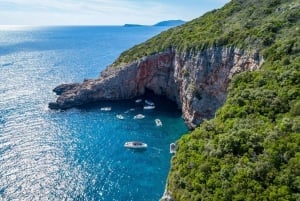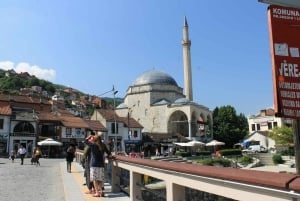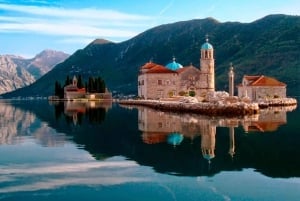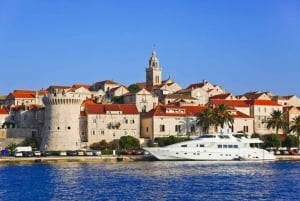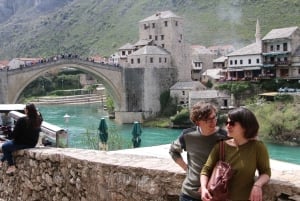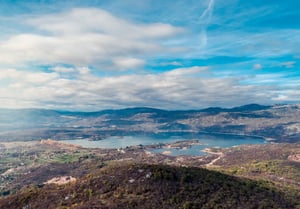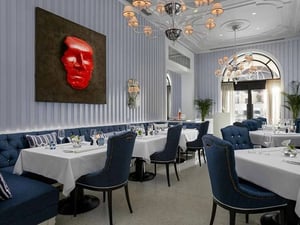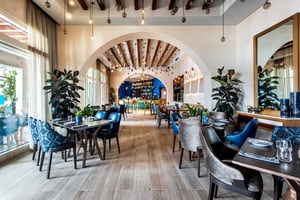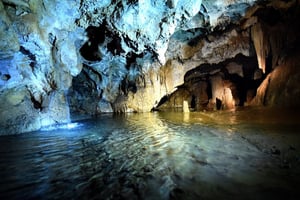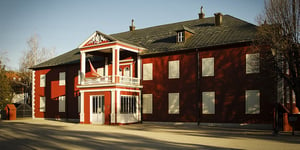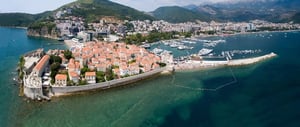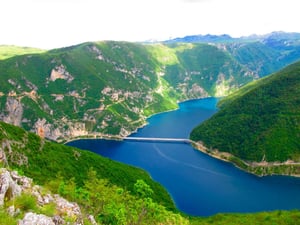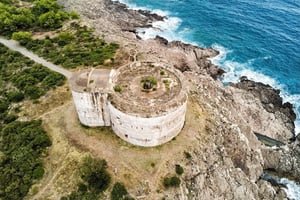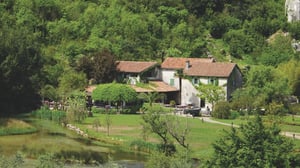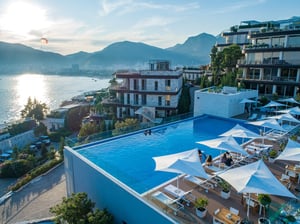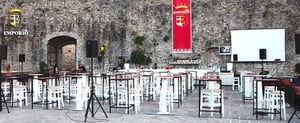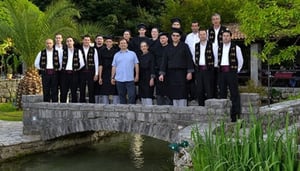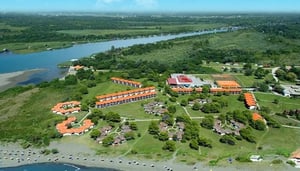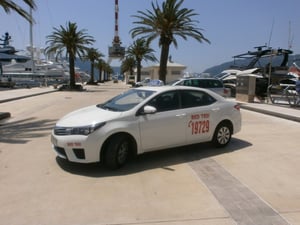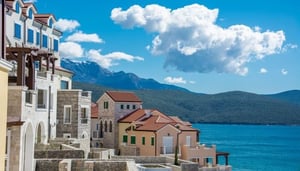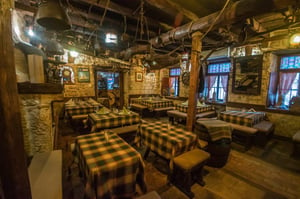Podgorica
The Capital of Montenegro
With a population of 170,000, Podgorica is the largest city in Montenegro and it is also the capital of the country. Situated close to Central Montenegro, the area is crossed with several rivers: the Moraca and Ribnica rivers flow through the city itself, while the Zeta, Sitnica, Mareza and Cijevna rivers flow nearby. Though much of Montenegro is a mountainous and uneven region, Podgorica is found at the north end of the Zeta plain and therefore is comparatively flat land, with the exception of the hills overlooking Podgorica.
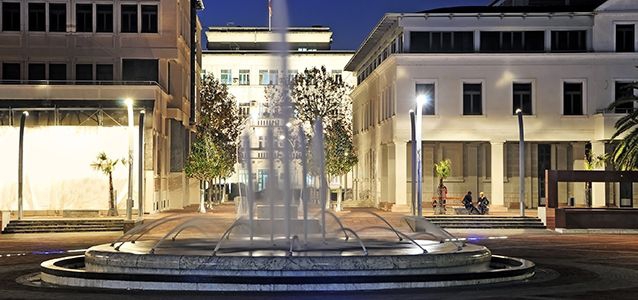
Turkish presence
The city has a diverse range of architectural influence, and this is partly due to the turbulent history of the capital. As one regime rose and was subsequently toppled, the remnants of the old rule were eradicated by the new rulers, who also set about erecting new buildings in their own style in order to try and wipe all traces of previous rulers from the city landscape. There is a large amount of Turkish architecture in Podgorica, as the area was part of Ottoman rule right up until 1878, and visitors to the old parts of the city will see evidence of this with typical Turkish winding streets, two mosques and a Turkish clock tower in the old parts of Podgorica. The city took a battering during World War II, when the region was bombed a massive 70 times; however, tourism has not been affected by this, as many of the regionâs important buildings were tirelessly rebuilt time and time again.
Displaying artefacts that go way back to the Roman occupation of Montenegro is the Podgorica City Museum. Opened in 1950, the museum has a range of artefacts stretching from Roman times right through the ages up to more recent items from the Turkish rule of the 1800s. The city also has a strong artistic community and history. The art gallery in the Pterovic Castle complex, which is in Podgoricaâs largest public park area, has over 1,500 works of art on display.
Montenegrin capital
As the capital of Montenegro, Podgorica is extremely accessible and also offers access to many locations in the country via train, bus, taxi, or the nearby international airport. Though it is not primarily a tourist area, as a business and media hub Podgorica is growing in stature. There are several televisions stations based in the city, as well as several newspaper companies, and these make Podgorica a centre for Montenegro news and current affairs.
Podgorica serves well as a tourism destination, due to its proximity to inland features such as the great Lake Skadar and stunning mountain locations and views. Also within a short drive are the benefits of the vast array of villages and towns along the beaches of the Adriatic coast. Accommodation in the area is aplenty, and holidaymakers considering making a booking should browse the various options online to find the location and accommodation that is most suitable for their own personal needs. One thing is for sure: Montenegro is a beautiful country absolutely littered with attractive reasons to visit.



